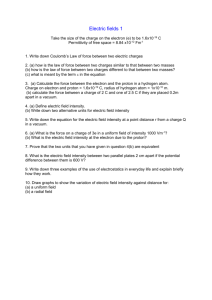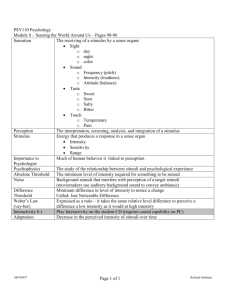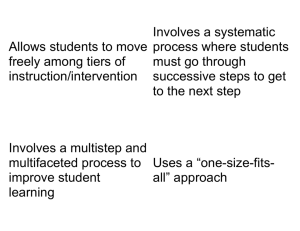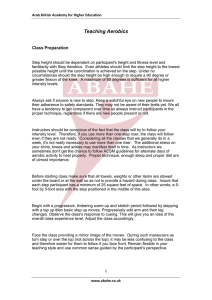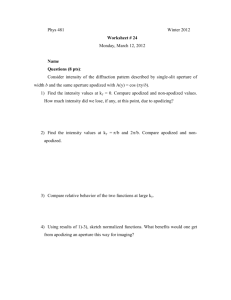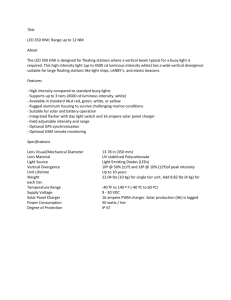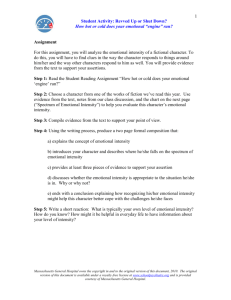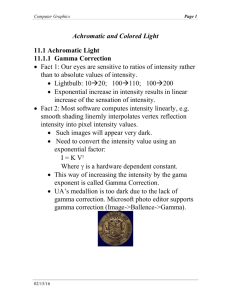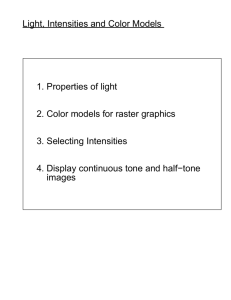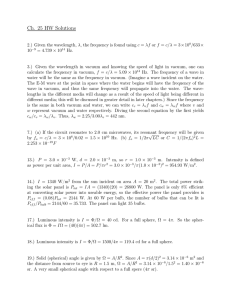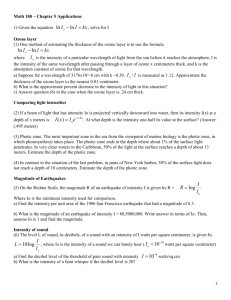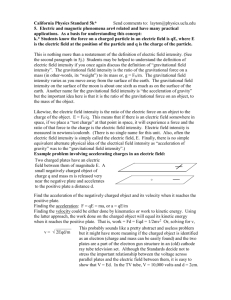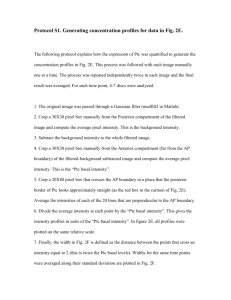**DRAFT 3/9/01 - Brigham and Women`s Hospital
advertisement
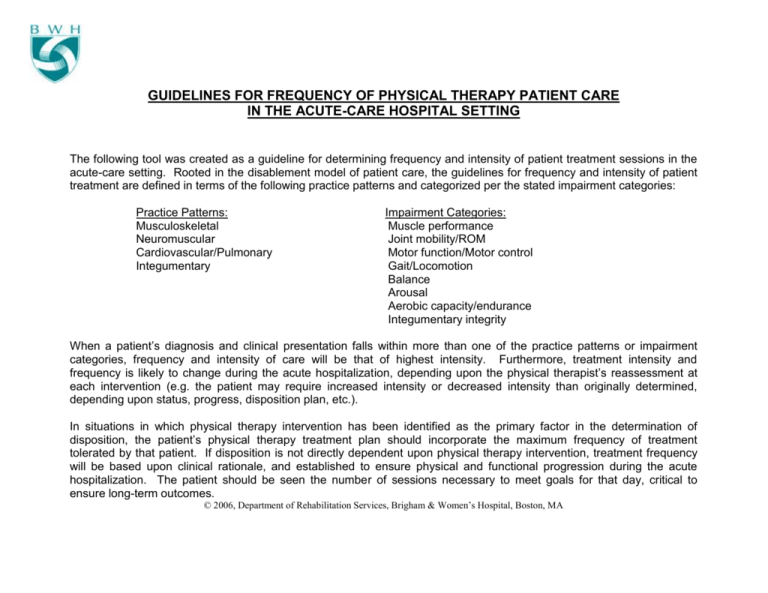
GUIDELINES FOR FREQUENCY OF PHYSICAL THERAPY PATIENT CARE IN THE ACUTE-CARE HOSPITAL SETTING The following tool was created as a guideline for determining frequency and intensity of patient treatment sessions in the acute-care setting. Rooted in the disablement model of patient care, the guidelines for frequency and intensity of patient treatment are defined in terms of the following practice patterns and categorized per the stated impairment categories: Practice Patterns: Musculoskeletal Neuromuscular Cardiovascular/Pulmonary Integumentary Impairment Categories: Muscle performance Joint mobility/ROM Motor function/Motor control Gait/Locomotion Balance Arousal Aerobic capacity/endurance Integumentary integrity When a patient’s diagnosis and clinical presentation falls within more than one of the practice patterns or impairment categories, frequency and intensity of care will be that of highest intensity. Furthermore, treatment intensity and frequency is likely to change during the acute hospitalization, depending upon the physical therapist’s reassessment at each intervention (e.g. the patient may require increased intensity or decreased intensity than originally determined, depending upon status, progress, disposition plan, etc.). In situations in which physical therapy intervention has been identified as the primary factor in the determination of disposition, the patient’s physical therapy treatment plan should incorporate the maximum frequency of treatment tolerated by that patient. If disposition is not directly dependent upon physical therapy intervention, treatment frequency will be based upon clinical rationale, and established to ensure physical and functional progression during the acute hospitalization. The patient should be seen the number of sessions necessary to meet goals for that day, critical to ensure long-term outcomes. © 2006, Department of Rehabilitation Services, Brigham & Women’s Hospital, Boston, MA





